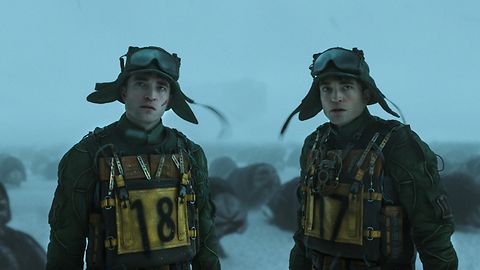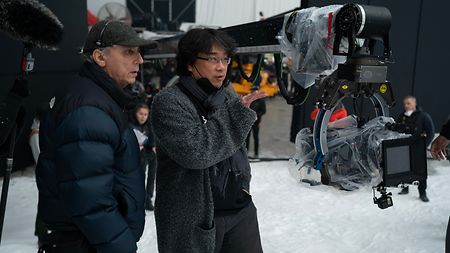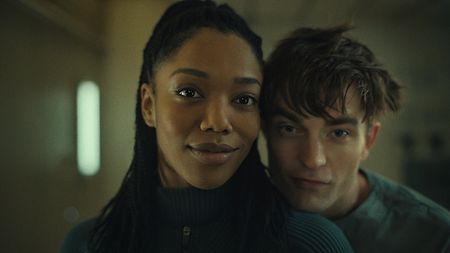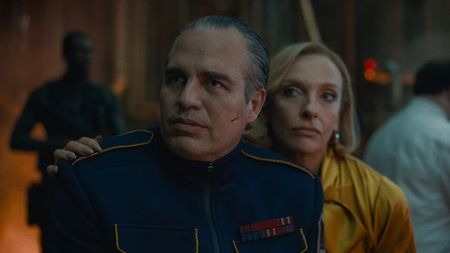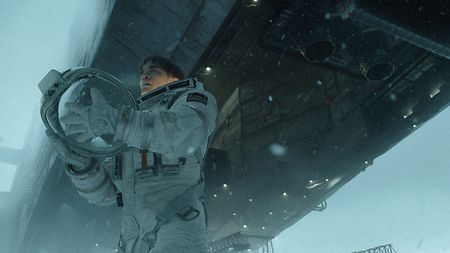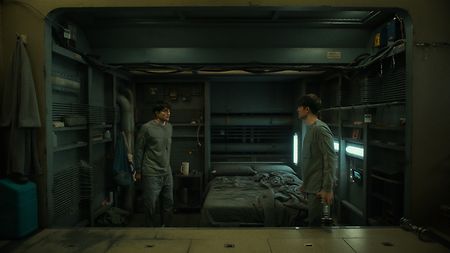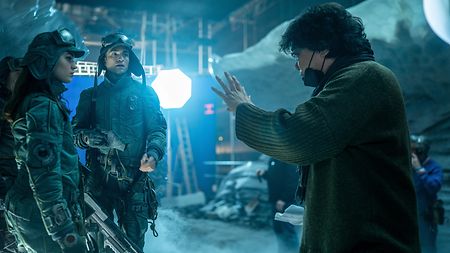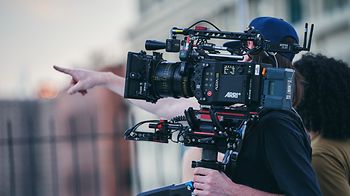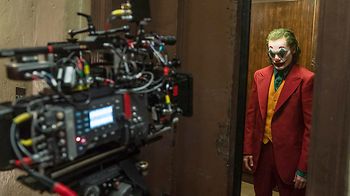Set in a dystopian, climate-changed future, “Mickey 17” tells the story of Mickey Barnes, the sole “Expendable” on a mission to colonize a snowy planet inhabited by intelligent aliens. His job entails being placed repeatedly in unsurvivable situations and his body being regenerated, with memories intact, each time he dies. Eventually Mickey number 17 unexpectedly survives an accident and returns to find himself face to face with Mickey 18, putting them both in danger of permanent destruction for being illegal “Multiples.”
Combining aspects of sci-fi, comedy, and political satire, the film defies easy classification in a way that typifies the work of its South Korean director, Bong Joon Ho. Knowing that the shoot would present significant visual challenges, Bong turned to the world-renowned cinematographer Darius Khondji AFC, ASC, with whom he had collaborated on his 2017 movie “Okja.” Together, Khondji and Bong began discussing format and equipment choices for the UK-based production of “Mickey 17.”
